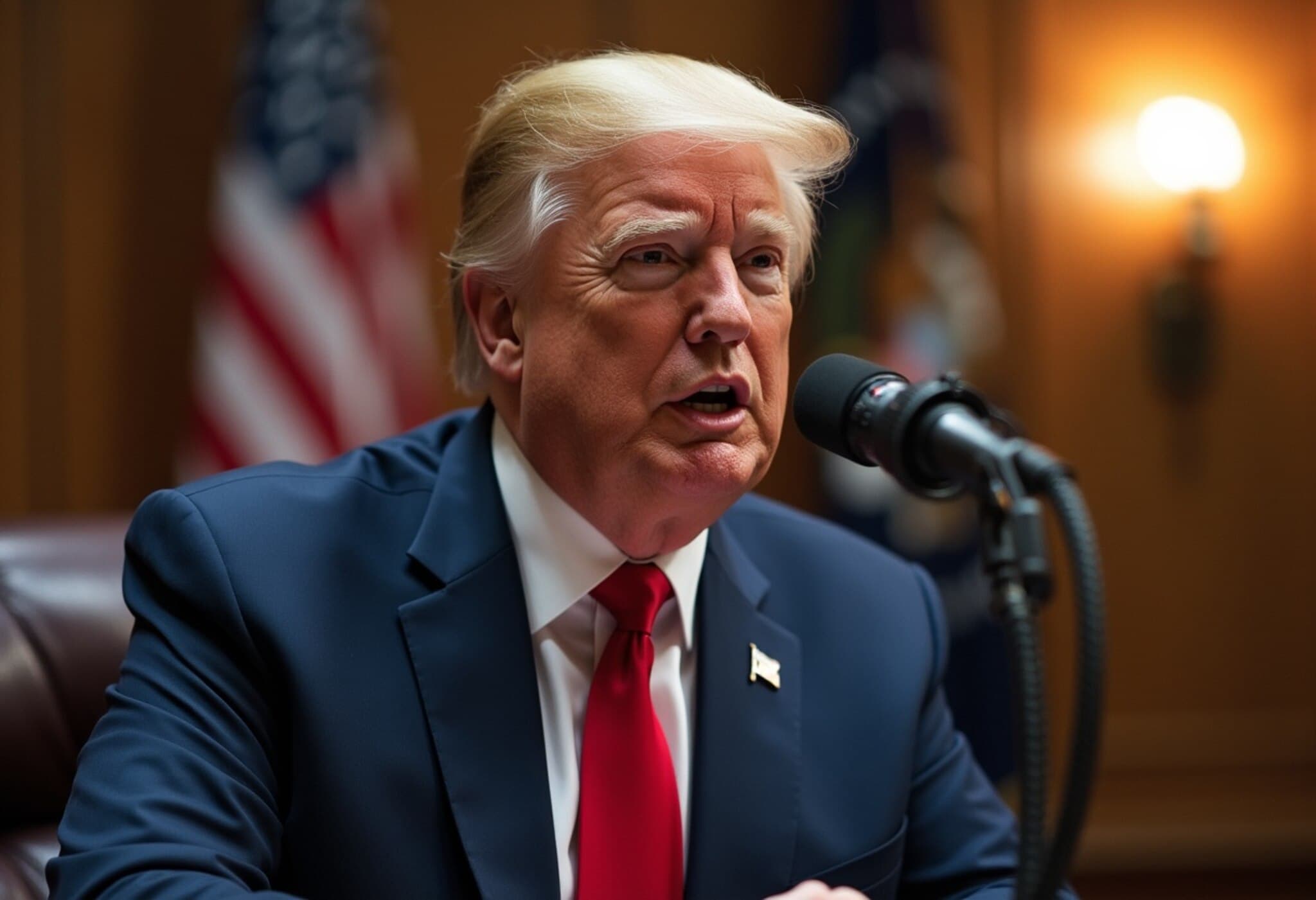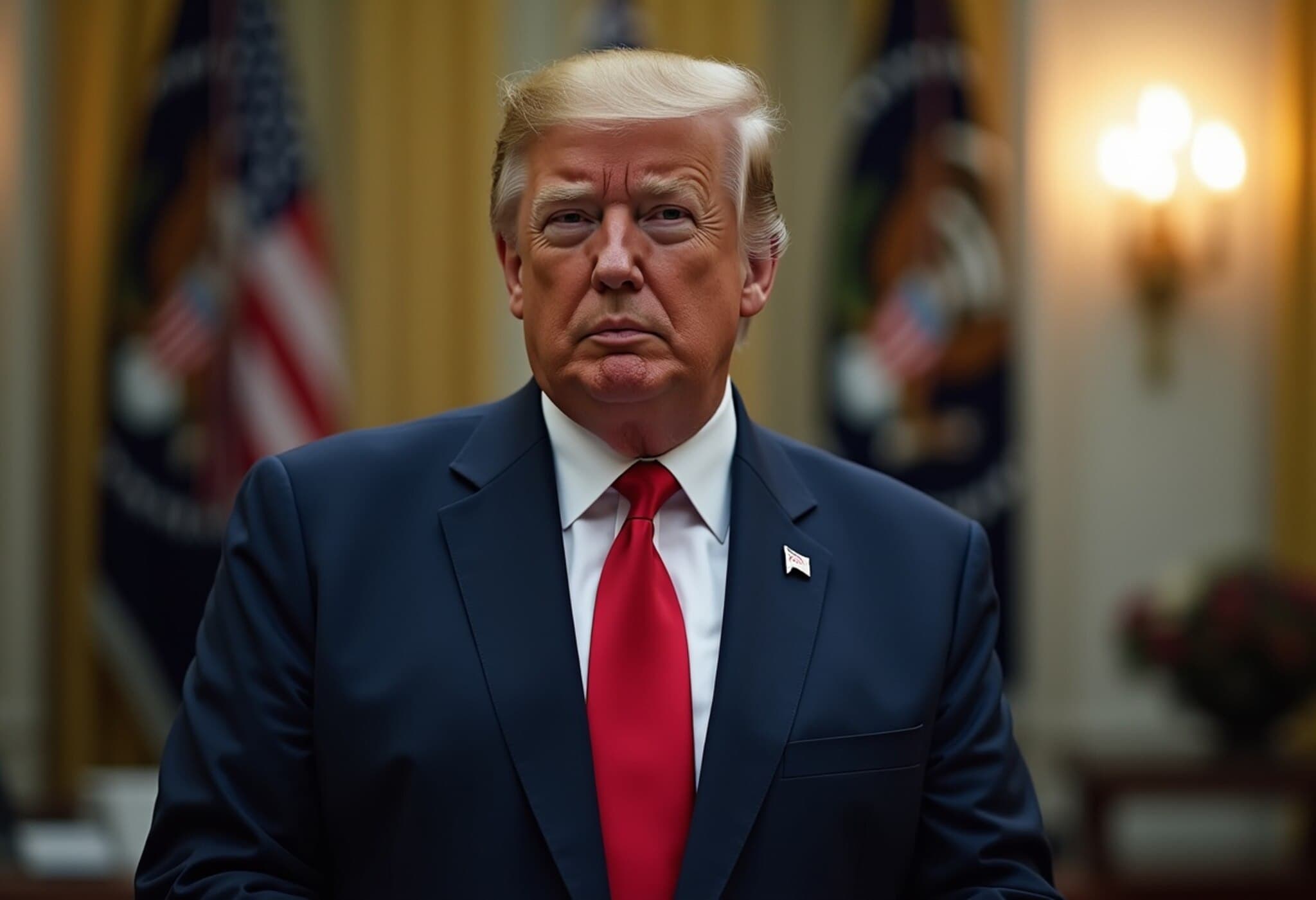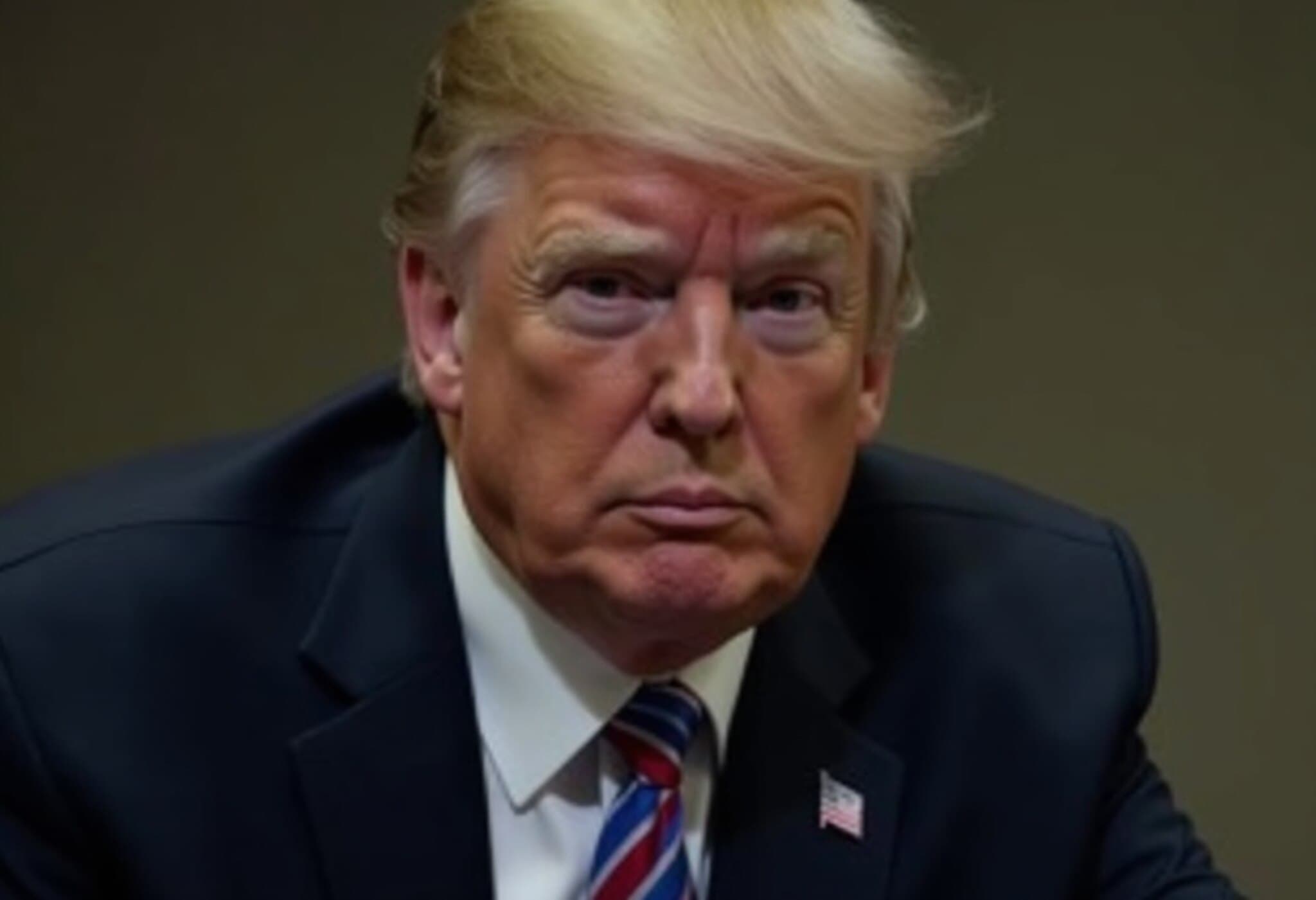House Advances Groundbreaking Cryptocurrency Market Structure Bill
On July 17, 2025, the U.S. House of Representatives made a decisive stride toward regulating the burgeoning cryptocurrency industry by passing a pivotal bill designed to establish a comprehensive federal framework for digital assets. This legislation notably broadens the Commodity Futures Trading Commission's (CFTC) authority, marking a significant evolution in the government's approach to overseeing crypto markets.
What the Bill Entails
The newly passed bill aims to bring clarity and structure to the often fragmented regulatory landscape that has long challenged crypto innovators, investors, and policymakers alike. By explicitly expanding the CFTC’s jurisdiction over certain aspects of digital asset trading and market infrastructure, the bill seeks to:
- Define the legal parameters for crypto assets under federal law.
- Enhance market transparency and investor protections in this fast-growing sector.
- Streamline regulatory oversight to reduce uncertainty for industry participants.
Why This Matters: A Win for the Crypto Industry
The passage represents a watershed moment after years of lobbying by crypto advocates who have championed a federal regulatory framework. The industry sees this as a way to avoid a patchwork of state rules and piecemeal regulations that hinder innovation. Last year’s extensive political spending by pro-crypto candidates and organizations evidently paid dividends, underscoring how digital asset stakeholders are increasingly shaping Washington’s policymaking.
Expert Perspective: Balancing Innovation and Oversight
From a policy analyst’s viewpoint, this bill attempts to strike a delicate balance – fostering an environment conducive to innovation while protecting consumers from volatility and fraud risks inherent in the still-maturing crypto marketplace. Expanded CFTC oversight means market participants will face clearer compliance requirements, which could inspire increased institutional participation.
However, significant questions remain about how the Securities and Exchange Commission (SEC) will coordinate with the CFTC moving forward, given their overlapping interests in regulating digital assets. Effective inter-agency collaboration will be critical to avoid regulatory gaps or conflicting directives.
What’s Next for Crypto Regulation in the U.S.?
With the House’s approval, the bill now heads to the Senate, where debates and potential amendments are expected. Stakeholders from investors to regulators await the outcome, knowing that robust crypto rules will have broad implications for market stability, consumer confidence, and America's position in the global digital economy.
Implications for Investors and the Broader Economy
For American investors, clearer regulations can translate into enhanced protections and reduced uncertainty when trading cryptocurrencies or engaging with blockchain-based financial products. For the broader economy, establishing a solid regulatory foundation may attract domestic and international capital, fostering growth in this innovative sector that has revolutionized how value is transferred and stored.
Key Takeaways
- The bill expands the CFTC’s regulatory power over crypto markets, providing clearer oversight.
- It signals bipartisan recognition of the need to modernize financial regulations in the digital age.
- Challenges remain around inter-agency collaboration between the SEC and CFTC.
- Industry support and political influence played major roles in the bill’s passage.
Editor’s Note
The House’s approval of this crypto market structure bill marks a key moment in the U.S. journey toward regulatory clarity for digital finance. While it offers much-needed guidance, the real test lies ahead in the Senate and in the dynamic dance between regulators and innovators. How effectively the U.S. can balance security, innovation, and global competitiveness will shape the future of finance for years to come. Stakeholders should watch closely for how this evolving framework impacts consumer protections, market integrity, and the broader adoption of digital assets.



















